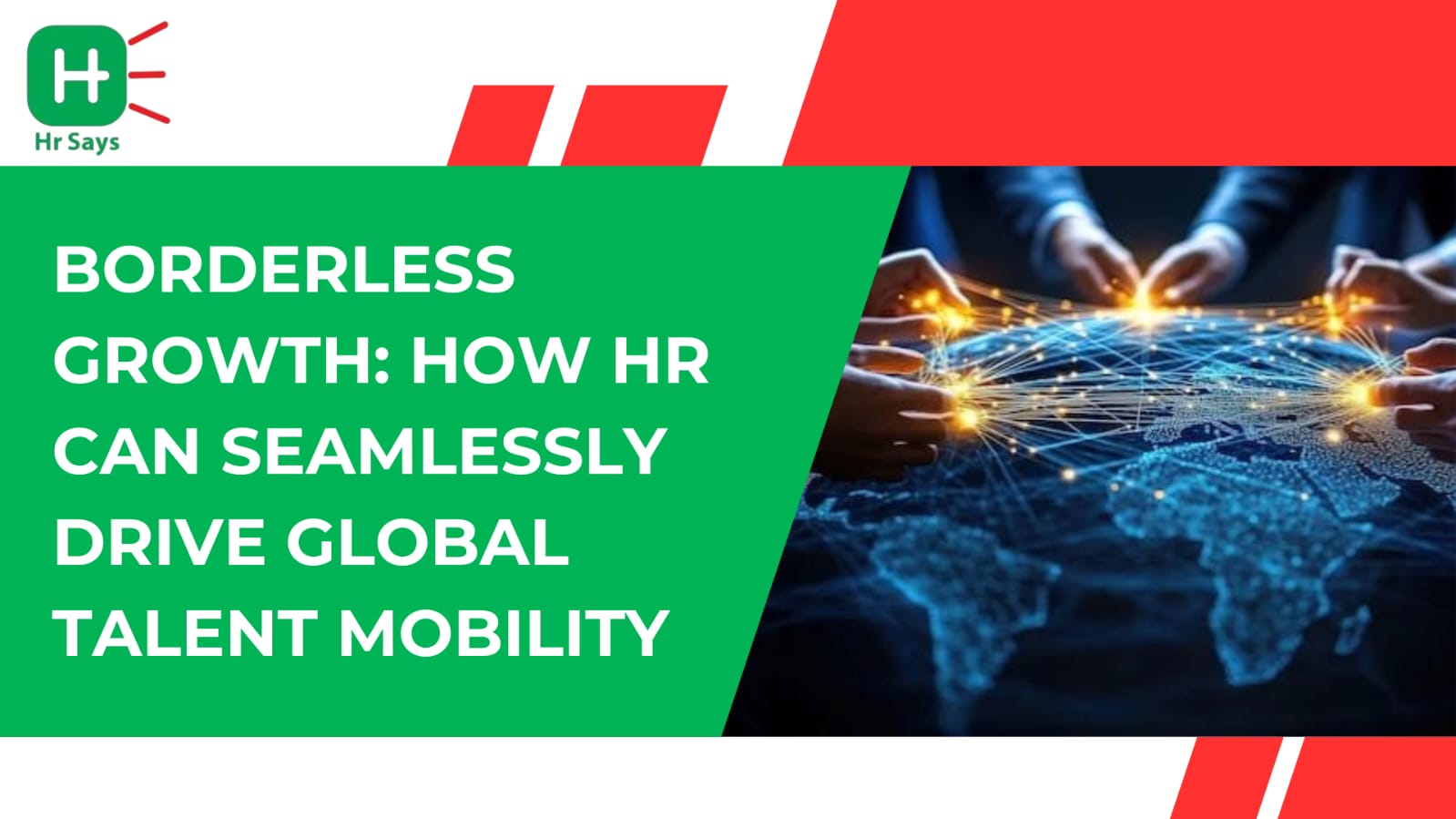Can talent really grow without borders? In the current fluid and hybrid work world, talent mobility is not an option anymore, but a survival mechanism. Be it remote work or international teamwork, HR is currently in charge of the compass. But how is this change being handled across geographies?
Talent Mobility: More Than Just Moving People
Mobility today isn’t about relocation alone. It’s about unlocking opportunity. The ability to move the right people to the right place at the right time. But more importantly, it’s about making them want to go—and grow.
For HR, this means:
● Understanding cross-border compliance
● Supporting diverse cultural transitions
● Creating personalized mobility plans
● Ensuring consistent experiences across regions
Mobility is now about retention. Not rotation.
The Shift: What’s Driving This New Mobility?
The workplace has changed. And so have people’s choices.
Key Trends Powering Global Movement
● The remote work is no longer a privilege- it is a standard.
● Talents are no longer domestic but international.
● The younger professionals have a desire of purpose rather than pay.
● Companies are faster than ever before moving into new markets.
HR has to shift gears from administrative to strategic—fast.
HR’s Role: Architect of Global Talent Strategy
The days of HR as just a support function? Gone.
Now, HR is in the driver’s seat of global talent design. The challenge? Balancing scale with sensitivity.
Building the Framework: What Needs Focus
● Policy Mapping: Each country comes with a playbook—labor laws, taxation, benefits.
● Cultural Readiness: Moves fail more often due to culture shock than technical mismatch.
● Equity in Experience: A fair and similar onboarding, wherever you land.
● Feedback Loops: Listening tools for relocated employees can uncover blind spots.
Mobility isn’t just logistical. It’s deeply emotional.
Digital Tools: The Invisible Backbone
Technology is reshaping how mobility works—without you even noticing.
● AI-based relocation assistants
● Real-time tax calculators for mobile talent
● Virtual onboarding kits for cross-border hires
● Internal gig marketplaces that span time zones
These tools reduce friction. But they don’t replace the human touch. HR still needs to listen.
Risks, Rewards, and What’s Worth Watching
Mobility done wrong can hurt morale. It can create confusion. Sometimes even push people away.
But mobility done right? It unlocks silent leaders. Fuels innovation. Builds loyalty that no paycheck ever could.
What to Keep an Eye On
● Legal compliance across remote geographies
● Burnout from frequent transitions
● Rising expectations of career growth
● Local teams feeling overlooked
Sometimes, growth feels like stretch. HR needs to know where to pull back.
Conclusion
Talent mobility is no longer about crossing borders. It’s about bridging gaps. Between people, cultures, systems—and expectations. HR has the map, the compass, and now, the opportunity to move talent not just outward, but upward.

 Talent mobility is no longer relocation, but retention, readiness and reach. As work places are globalized, HR would have to redefine its approach to handle movement in a compassionate, policy-based and tech-savvy manner. Here’s how.
Talent mobility is no longer relocation, but retention, readiness and reach. As work places are globalized, HR would have to redefine its approach to handle movement in a compassionate, policy-based and tech-savvy manner. Here’s how.












.jpeg)
.jpeg)

.jpeg)

.jpeg)


.jpeg)

.jpeg)

.jpeg)


